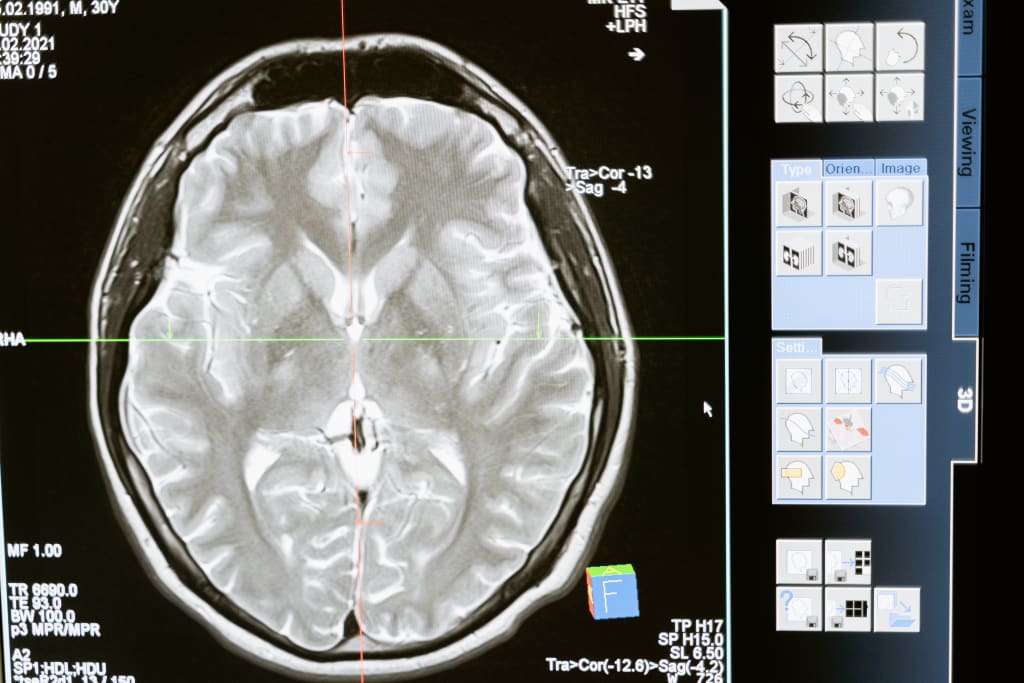Synesthetic Brain: Exploring the Phenomenon of Synesthesia
Disease or difference?

The synesthetic brain is a fascinating neurological phenomenon that has intrigued scientists and researchers for many years. Synesthesia is a condition in which individuals experience the blending or crossing of sensory perceptions that are typically separate. In this article, we will delve into the concept of the synesthetic brain, examining what it is, how common it is, which senses it affects most, the color associations with letters of the alphabet, how to identify if you have a synesthetic brain, famous individuals with synesthesia, and whether synesthesia is a medical condition.
What is a Synesthetic Brain?
A synesthetic brain is one that exhibits synesthesia, a neurological condition where the stimulation of one sensory pathway leads to involuntary experiences in another. For example, a synesthete might perceive letters or numbers as having distinct colors or associate specific tastes with musical notes.
Prevalence of Synesthetic Brains
The exact percentage of the population with a synesthetic brain is not precisely known, but it is estimated to occur in approximately 1% to 4% of the global population. While relatively rare, thousands of documented cases of synesthesia exist worldwide.
Which Senses Does it Affect, and Which Senses are Most Commonly Paired?
Synesthesia can manifest across various sensory modalities, but the most common form is grapheme-color synesthesia, where letters, numbers, or words trigger the perception of specific colors. For instance, "A" may be consistently seen as red, while "B" might appear as blue. However, these associations can vary significantly from person to person.
Color Associations with Alphabet Letters in Synesthetic Brains
The color associations in synesthetic brains are highly individualistic. There is no universal standard for how letters and numbers are paired with colors. While there are common patterns, such as "A" often being associated with red, these correlations are subjective and rooted in personal experience.
How Can You Determine if You Have a Synesthetic Brain?
Recognizing if you have a synesthetic brain can be challenging, as it relies on personal experiences and perceptions. If you consistently associate sensory experiences that are not typically linked, such as colors with letters or tastes with sounds, you may have synesthesia. However, a formal diagnosis typically requires evaluation by a medical professional.
Famous Individuals with Synesthetic Brains
Several well-known individuals have publicly acknowledged their experiences with synesthesia. Some notable examples include:
Pharrell Williams: The musician and producer has spoken about his experiences with synesthetic perceptions, particularly related to music and color.
Vladimir Nabokov: The renowned author of "Lolita" mentioned his grapheme-color synesthesia in his autobiographical writings.
Arthur Rimbaud: The French poet is believed to have had synesthetic experiences that influenced his creative work.
Is Synesthesia a Medical Condition?
Synesthesia is not typically considered a medical condition in the traditional sense. It is more accurately described as a neurological phenomenon. Many synesthetes live normal and healthy lives, and their experiences can even enhance their creative or cognitive abilities. However, in some cases, synesthesia can be associated with other neurological conditions, and it may warrant further investigation by medical professionals.
The synesthetic brain offers a captivating glimpse into the complexity of human perception. While relatively rare, synesthesia highlights the remarkable diversity of individual sensory experiences and challenges our understanding of how the brain processes information. Whether it is perceived as a gift, a curiosity, or a neurological quirk, the synesthetic brain continues to be a subject of fascination and study in the field of neuroscience.






Comments (1)
Fantastic research! Great work!